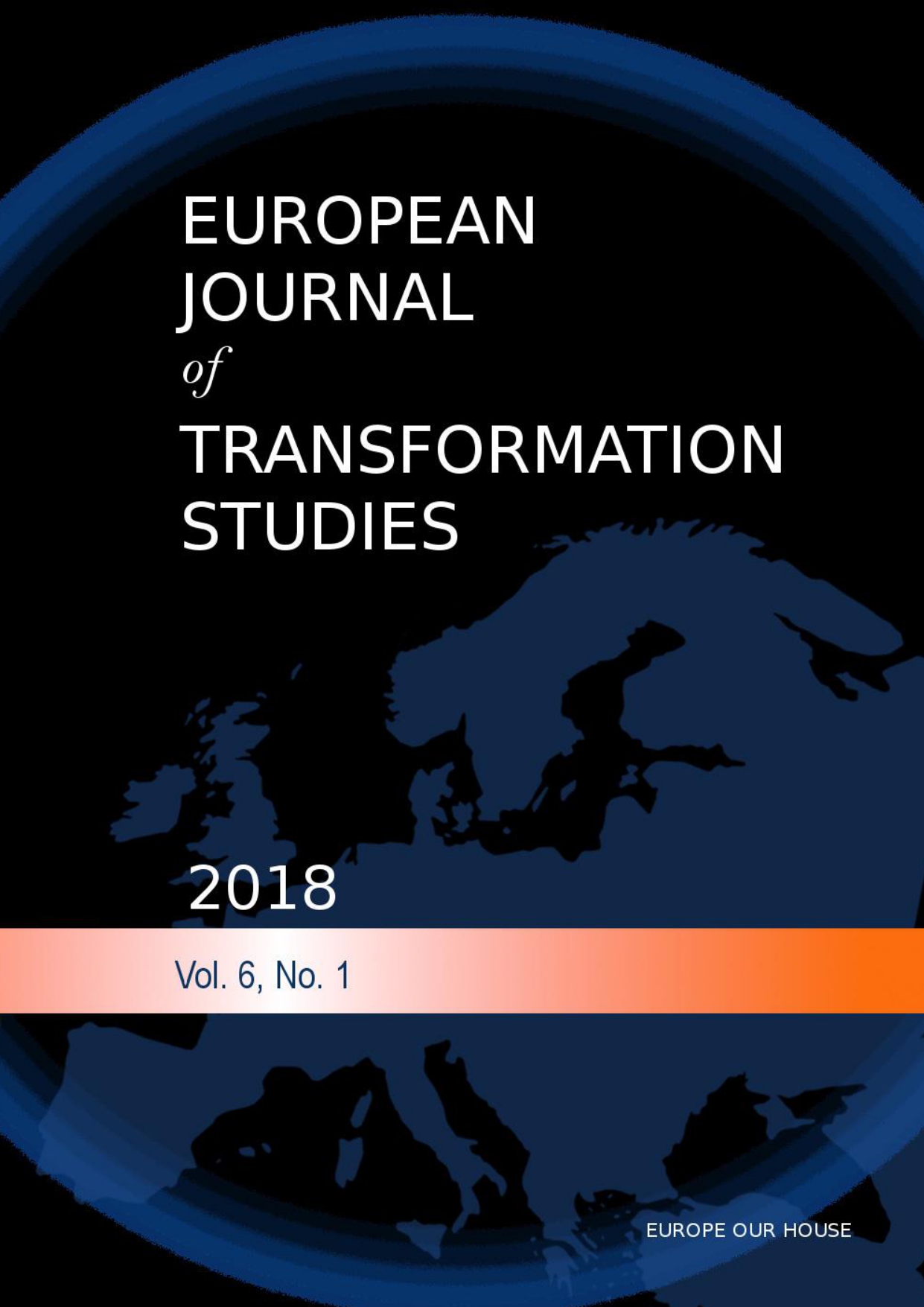Selected aspects of fiscal policy in central Europe: case of Slovakia
Keywords:
sustainability of public finances, VAT efficiency, VAT revenue lossesAbstract
The sustainability of public finances in Slovakia is significantly associated with increasing VAT efficiency and reducing VAT revenue losses. VAT as a major tax revenue source in Slovakia is yielding almost 40 % of total tax revenues, but more than one third of potential VAT is not levied. Discrepancy between the growth of VAT revenues and the growth of its macro-economic base in recent years may imply the existence of tax evasion as well as low efficiency of VAT collection. Since Slovakia becomes a Member of the EU in 2004, the VAT revenue losses almost tripled with its peak in 2012. Due to the measures combating VAT evasion and increasing efficiency of VAT collection, the VAT revenue losses in Slovakia decreased in absolute and relative terms, but still are above the EU average. The aim of the paper is to outline the VAT gap development in Slovakia and identify the statistically significant variables that have an impact on the VAT gap using a simple regression analysis. Based on our analysis, we may conclude that VAT gap share responds negatively to the effective VAT rate and VAT revenue to GDP ratio and positively to the final consumption of households and the size of the shadow economy.
Downloads
References
Agha, A., Haughton, J., (1996), Designing VAT Systems: Some Efficiency Considerations, The Review of Economics and Statistics, 78 (2), pp. 303-308.
Bikas, E., Rashkauskas, J., 2011, Value added tax dimension: the case of Lithuania, Ekonomika, 90 (1), 22-38. Available at: http://www.zurnalai.vu.lt/files/ journals/37/articles/958/public/22-38.pdf. [Access 9-10-2017].
CASE, (2013), Study to Quantify and Analyse the VAT Gap in the EU-27 Member States, Final Report [Report for the European Commission], Warsaw: Center for Social and Economic Research.
CASE, (2014), 2012 Update Report to the Study to Quantify and Analyse the VAT Gap in the EU-27 Member States [Report for the European Commission], Warsaw: Center for Social and Economic Research.
CASE, (2015), Study to Quantify and Analyse the VAT Gap in the EU Member States [Report for the European Commission], Warsaw: Center for Social and Economic Research.
CASE, (2016), Study and the Reports on the VAT Gap in the EU-28 Member States [Report for the European Commission], Warsaw: Center for Social and Economic Research.
CASE, (2017), Study and Reports on the VAT Gap in the EU-28 Member States: 2017 Final Report [Report for the European Commission], Warsaw: Center for Social and Economic Research.
D’Agosto, E, Marigliani, M., Pisani, S., (2014), Asymmetries in the Territorial VAT gap, Discussion Topics, No.2. Available at: https://www.researchgate.net/publication /270568601_Asymmetries_in_the_territorial_vat_gap. [Access 12-11-2017].
Eurostat, Database, (2017), Available at: http://ec.europa.eu/eurostat/ data/ database. [Access 5-09-2017].
HMRC, (2010), Measuring Tax Gaps 2009, Official Statistics: London: HM Revenue and Customs.
Christie, E., Holzner, M., (2006), What Explains Tax Evasion? An Empirical Assessment based on European Data, WIIW Working Paper 40.
IFP, (2012), The Estimate of the Value Added Tax Revenue Loss, Slovakia: Institute for Financial Policy of the Ministry of Finance of the Slovak Republic. Available at: https://www.finance.gov.sk/en/Components/CategoryDocuments/s_LoadDocument.aspx?categoryId=614&documentId=426. [Access 20-10-2017].
RECKON LLP, (2009), Study to Quantify and Analyse the VAT gap in the EU-25 Member States, London: Reckon LLP.
Schneider, F., (2015), Size and Development of the Shadow Economy of 31 European and 5 other OECD Countries from 2003 to 2015: Different Developments. Available at: http://www.econ.jku.at/members/Schneider/files/publications/2015/ShadEcEurope31.pdf. [Access 15-11-2017].
Swedish National Tax Agency, (2008), Tax Gap Map for Sweden. Available at: https://www.skatteverket.se/download/18.361dc8c15312eff6fd2b9a4/1473840293366/Report_2008_1B.pdf. [Access 10-11-2017].
Transparency International, (2004-2015), Corruption perceptions index. Available at: https://www.transparency.org/research/cpi/overview. [Access 17-10-2017].
Válek, J. and Kušnírová, J., (2014), Impact on tax collection business in Slovakia after 2008. In The role of financial sector in supporting the economic recovery of CEE countries: proceedings of the 8th international conference on currency, banking and international finance: September 2014, Bratislava, Slovak Republic. Bratislava: EKONÓM, 2014, pp. 442-452.
Zídková, H., Pavel, J., 2016, What Causes the Vat Gap? Ekonomický časopis, 64 (9), pp. 811-826.

 Academic Scientific Journals
Academic Scientific Journals



